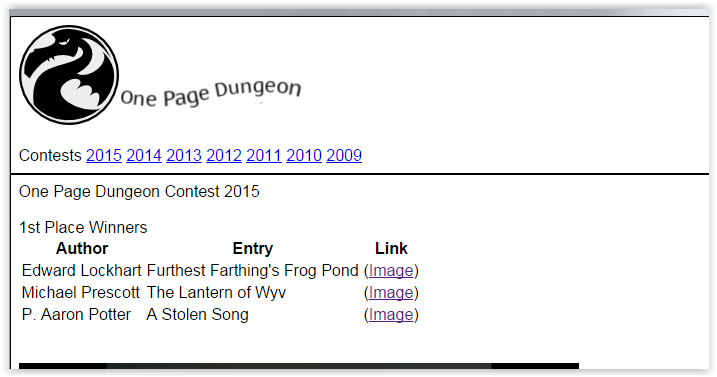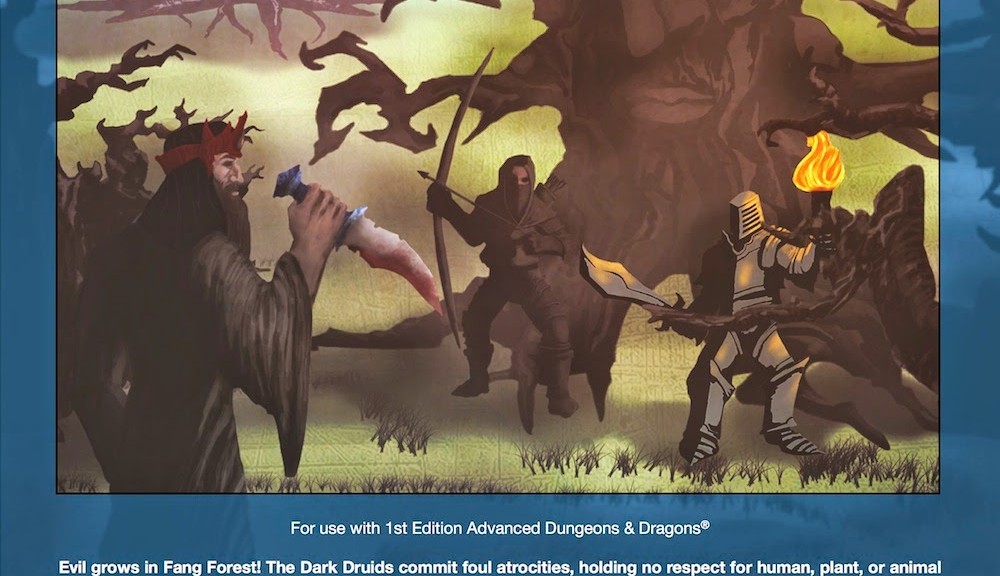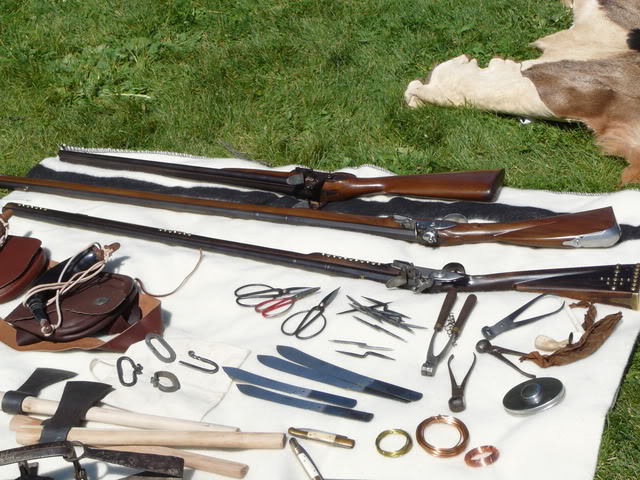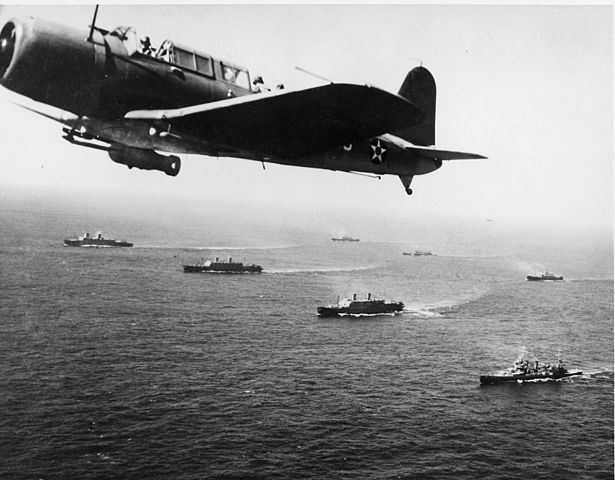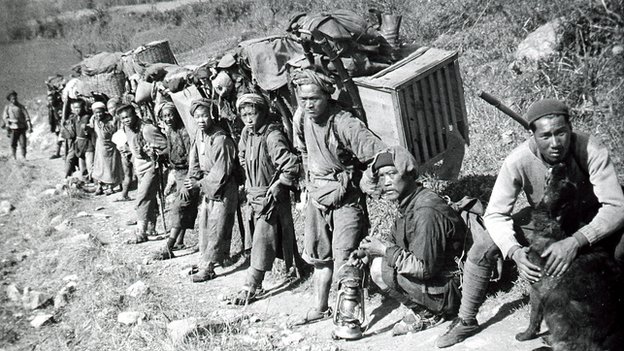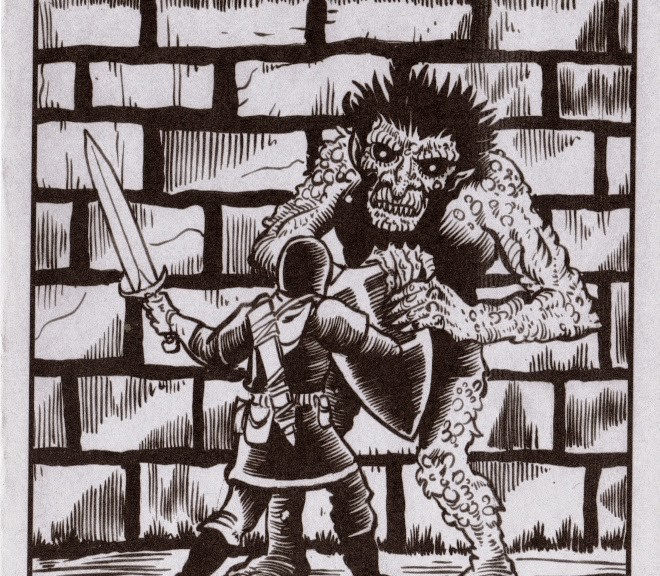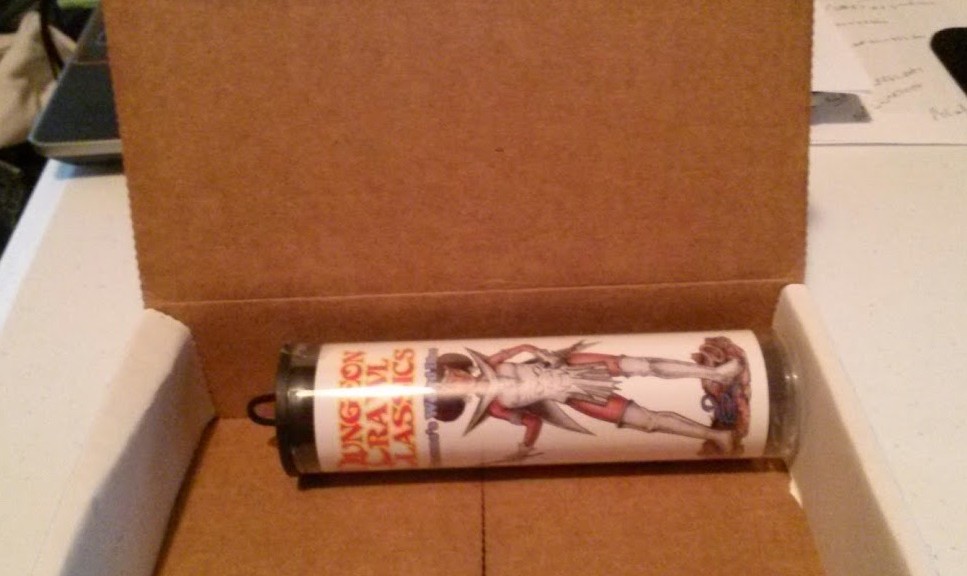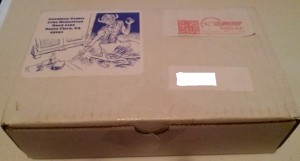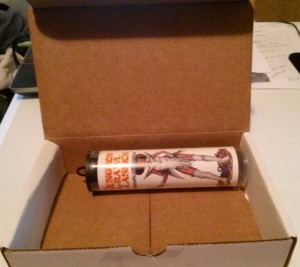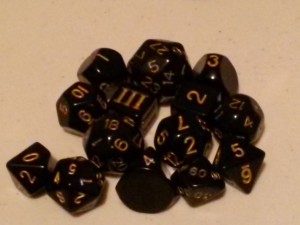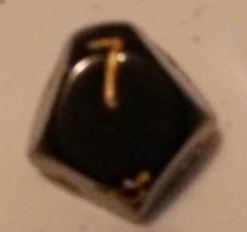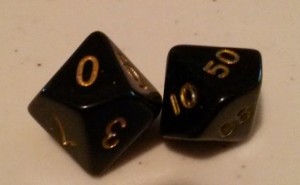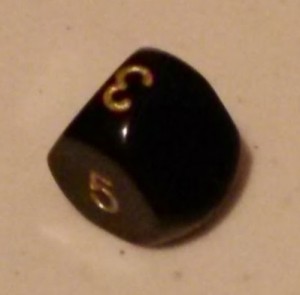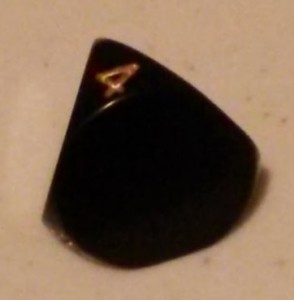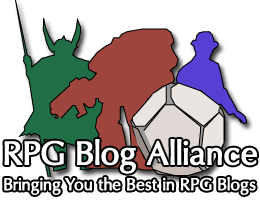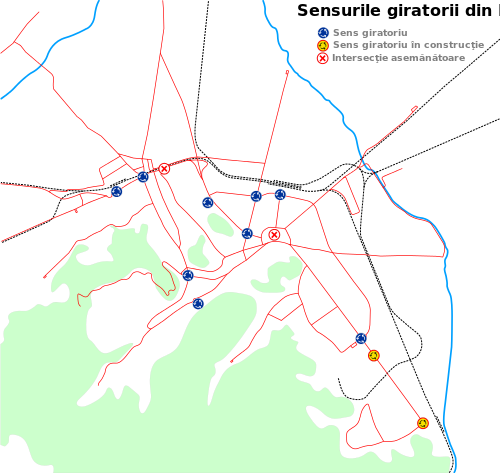CARAVAN: A group of travelers, as merchants or pilgrims, journeying together for safety in passing through deserts, hostile territory, etc.
A caravan could be just a group of merchants, or just a group or pilgrims, or just a group of travelers/settlers/colonists; or a combination. While researching an article on slavery, I learned the term “coffle” – a line of slaves or animals fastened together.
Travelers could be like the wagon trains of the old west. Think of reasons people went west: gold, farm land, open land for cattle ranching, lumber and other resources, etc. Or they could be like in ancient and medieval times, religious pilgrims, explorers, an embassy from one great king to another, etc.
The AD&D Monster Manual details merchant only caravans (but not specifics of goods carried) and pilgrim only caravans.
In the real world caravans would often be a combined group of merchants, pilgrims, and travelers going to a certain common destination.
In less wild areas or with good roads/trails, it makes sense to have merchant only or pilgrim only caravans. But where raiders/bandits are at large, groups would band together to outnumber the bandits and war bands.
Prior to trains and long-haul trucks, trade goods were moved overland via wagons, but only when the road, trail, or terrain allowed it, or via pack animal. Even today, the modern U.S. military used horses and mules in the mountains of Afghanistan.
Pulled Vehicles: Wagon, cart, sledge, carriage, trolley, plow, travois (blanket over two sticks) – pulled by dog or horse; canal boat
“The dog travois of pre-European times was small, capable of pulling not more than 20 to 30 kg.” SOURCE
There have also been humans used to haul freight, like a line of bearers/porters through the jungle, or carrying the ruler on a palanquin/litter.
Howdahs were used on the backs of camels and elephants. Some were used for people transport and some elephant howdahs were designed for use in war.
There have been lots of pack animals in a variety of world cultures:
Horses, mules, oxen, donkeys in Europe, Asia, and Africa.
Camels usually in Africa, the Middle East and Asia, whether domedary or bactrian.
Elephants usually in Asia.
Llamas and alpacas in South America.
Some tribes used dogs to pull travois.
Add goats, reindeer, and yaks to the list.
A healthy and fit pack goat can carry up to 25 percent of its weight and walk up to about 12 miles per day depending on its load weight, the terrain, and the animal’s conditioning.[3] They are generally less expensive to own and operate than other pack animals since they are natural browsing animals and can feed themselves along the way.[3][4]
Homing pigeons transport material, usually messages on small pieces of paper, by air.
OX/plural OXEN: A bovine trained as a draft animal. Oxen are commonly castrated adult male cattle; castration makes the animals easier to control. Cows (adult females) or bulls (intact males) may also be used in some areas.
Oxen are used for plowing, for transport (pulling carts, hauling wagons and even riding), for threshing grain by trampling, and for powering machines that grind grain or supply irrigation among other purposes. Oxen may be also used to skid logs in forests, particularly in low-impact, select-cut logging.
Oxen are usually yoked in pairs. Light work such as carting household items on good roads might require just one pair, while for heavier work, further pairs would be added as necessary. A team used for a heavy load over difficult ground might exceed nine or ten pairs.
…..
Working oxen usually require shoes,[6] although in England not all working oxen were shod.[7] Since their hooves are cloven, two shoes or ox cues are required for each hoof, unlike the single shoe of a horse.
…
Uses and comparison to other draught animals
Riding an ox in Hova, Sweden.
Oxen can pull heavier loads, and pull for a longer period of time than horses depending on weather conditions.[17] On the other hand, they are also slower than horses, which has both advantages and disadvantages; their pulling style is steadier, but they cannot cover as much ground in a given period of time. For agricultural purposes, oxen are more suitable for heavy tasks such as breaking sod or ploughing in wet, heavy, or clay-filled soil. When hauling freight, oxen can move very heavy loads in a slow and steady fashion. They are at a disadvantage compared to horses when it is necessary to pull a plow or load of freight relatively quickly.
For millennia, oxen also could pull heavier loads because of the use of the yoke, which was designed to work best with the neck and shoulder anatomy of cattle. Until the invention of the horse collar, which allowed the horse to engage the pushing power of its hindquarters in moving a load, horses could not pull with their full strength because the yoke was incompatible with their anatomy.[2]
Well-trained oxen are also considered less excitable than horses.
SOURCE
HARNESS ANIMALS:
Harness animals
Mule used to pull a wheeled vehicle in Morocco
An intermediate use is to harness animals, singly or in teams, to pull (or haul) sleds, wheeled vehicles or plow.
Oxen are slow but strong, and have been used in a yoke since ancient times: the earliest surviving vehicle, Puabi’s Sumerian sledge, was ox-drawn; an acre was originally defined as the area a span of oxen could plow in a day. The Water buffalo and Carabao, domesticated water buffalo, pull wagons and ploughs in Southeast Asia and the Philippines.
Draught or Draft horses are commonly used in harness for heavy work. Several breeds of medium-weight horses are used to pull lighter wheeled carts, carriages and buggies when a certain amount of speed or style is desirable.
Mules are considered to be very tough and strong, with harness capacity dependent on the type of horse mare used to produce the mule foal. Because they are a hybrid animal and usually are infertile, separate breeding programs must also be maintained.
Ponies and donkeys are often used to pull carts and small wagons, historically, ponies were commonly used in mining to pull ore carts.
Dogs are used for pulling light carts or, particularly, sleds. (e.g. sled dogs such as Huskies) for both recreation and working purposes. [Note: The dog carts mentioned in the Sherlock Holmes stories is a type of horse drawn vehicle. I did find a picture of a dog pulling a milk cart with big milk cans on it from the late 1800’s. There are modern makers of carts for dog to pull loads or people.]
Goats also can perform light harness work in front of carts
Reindeer are used in the Arctic and sub-Arctic Nordic countries and Siberia.
Elephants are still used for logging in South-east Asia.
Less often, camels and llamas have been trained to harness.
According to Juan Ignacio Molina the Dutch captain Joris van Spilbergen observed the use of chiliquenes (a llama type) by native Mapuches of Mocha Island as plough animals in 1614.[1]
Assorted wild animals have, on occasion, been tamed and trained to harness, including zebras and even moose. SOURCE
WAR ELEPHANT:
A war elephant was an elephant trained and guided by humans for combat. Their main use was to charge the enemy, trampling them and breaking their ranks and instilling terror. An elephantry is a cavalry unit containing elephant-mounted troops.[1]
…
It is commonly thought that all war elephants were male because of males’ greater aggression, but it is rather because a female elephant in battle will run from a male; therefore only males could be used in war, whereas female elephants were more commonly used for logistics.[4] SOURCE
Dogs used for herding herd animals, sheep, goats, cattle, etc.
Dogs used for guard duty.
Ostriches are raised for food, leather, and feathers (for decoration or feather dusters. They are also been raced by riding, or pulling carts. This gives them the potential to haul goods, but it may not be practical.
The List
The full list of animals that I have identified that have been or could be used for transport of people or goods are:
- Dogs
- Carrier Pigeon
- Bovines: Oxen, Water Buffalo, Yaks, Carabao
- Goats
- Ponies
- Horses
- Mules
- Donkeys
- Zebra (Zebroids)
- Camels: Dromedary & Bactrian
- Llamas & Alpacas & Chiliquenes
- Reindeer
- Ostriches
- Elephants
Animals from Myth, Legend, and Fiction
Giant birds, lizards, and any other creature could be devised for riding, plowing, pushing, or pulling wagons.
Uses of Pack Animals:
- Bear a Load of goods
- Bear a Rider
- Pull a plow
- Pull a conveyance
- Entertainment – Racing – Ridden or pulling racing carts or chariots. Also riderless, as with dog racing.
See my articles on See my article on Loot Carriers, Trade Goods, and Convoys.
Google Search Term: caravan trade
Various Sources:
http://en.wikipedia.org/wiki/Caravan_(travellers)
http://en.wikipedia.org/wiki/Camel_train
http://www.jstor.org/discover/10.2307/40341453?uid=3739728&uid=2&uid=4&uid=3739256&sid=21103754125173
http://afe.easia.columbia.edu/mongols/history/history4_b.htm
http://news.nationalgeographic.com/news/2003/05/photogalleries/salt/
http://wiki.answers.com/Q/What_is_meaning_of_trans-saharan_caravan_trade?#slide=1
Google Search Term: caravan goods
http://dwarffortresswiki.org/index.php/DF2012:Trading
www.fordham.edu/halsall/source/1192caravan.asp
http://www.fordham.edu/halsall/source/1192caravan.asp
http://dictionary.reference.com/browse/caravan
a group of travelers, as merchants or pilgrims, journeying together for safety in passing through deserts, hostile territory, etc.
http://paizo.com/threads/rzs2qjvm?Suggested-CaravanTrade-Goods-overhauls-for
www.thereligionofpeace.com/muhammad/myths-mu-raid-caravans.htm
http://www.thereligionofpeace.com/muhammad/myths-mu-raid-caravans.htm
http://elderscrolls.wikia.com/wiki/Khajiit_Caravans
http://kms.kcs.k12.nc.us/blog/One.aspx?portalId=4292474
http://towns.gamepedia.com/Caravan
http://archaeology.about.com/od/ancientcivilizations/ss/traveling_the_silk_road_2.htm
http://wiki.answers.com/Q/What_did_the_trans-Saharan_caravans_bring_to_Ghana_other_than_trade_goods?#slide=1
https://depts.washington.edu/silkroad/cities/syria/palmyra/palmyra.html
http://apcentral.collegeboard.com/apc/members/courses/teachers_corner/26547.html
http://www.moroccancaravan.com/
http://gittaohan.tripod.com/id4.html
http://thesaurus.com/browse/caravan
http://www.advantour.com/silkroad/trade-culture.htm

